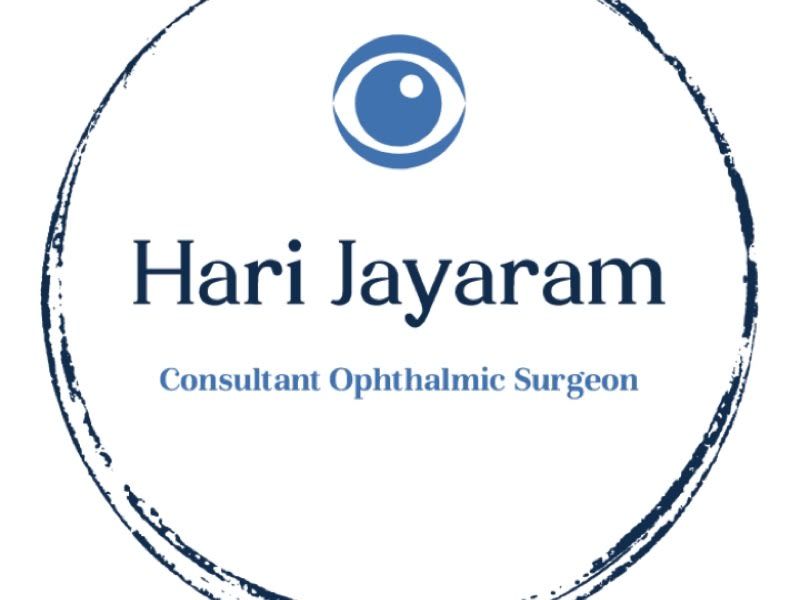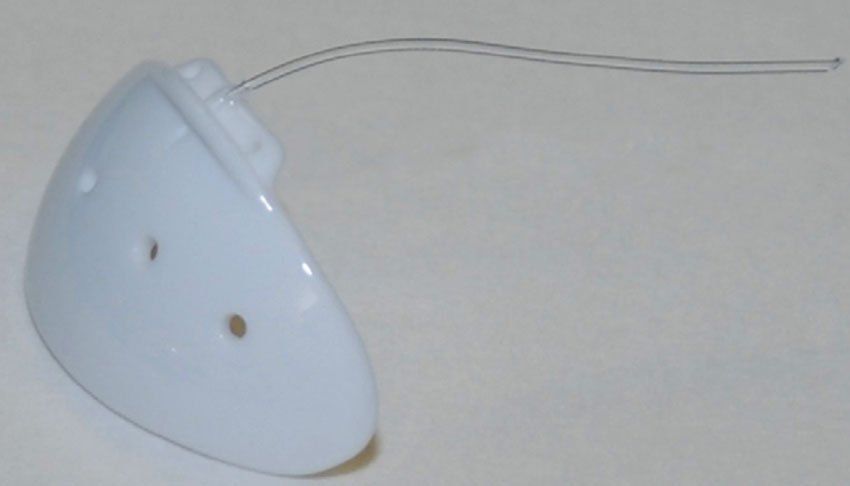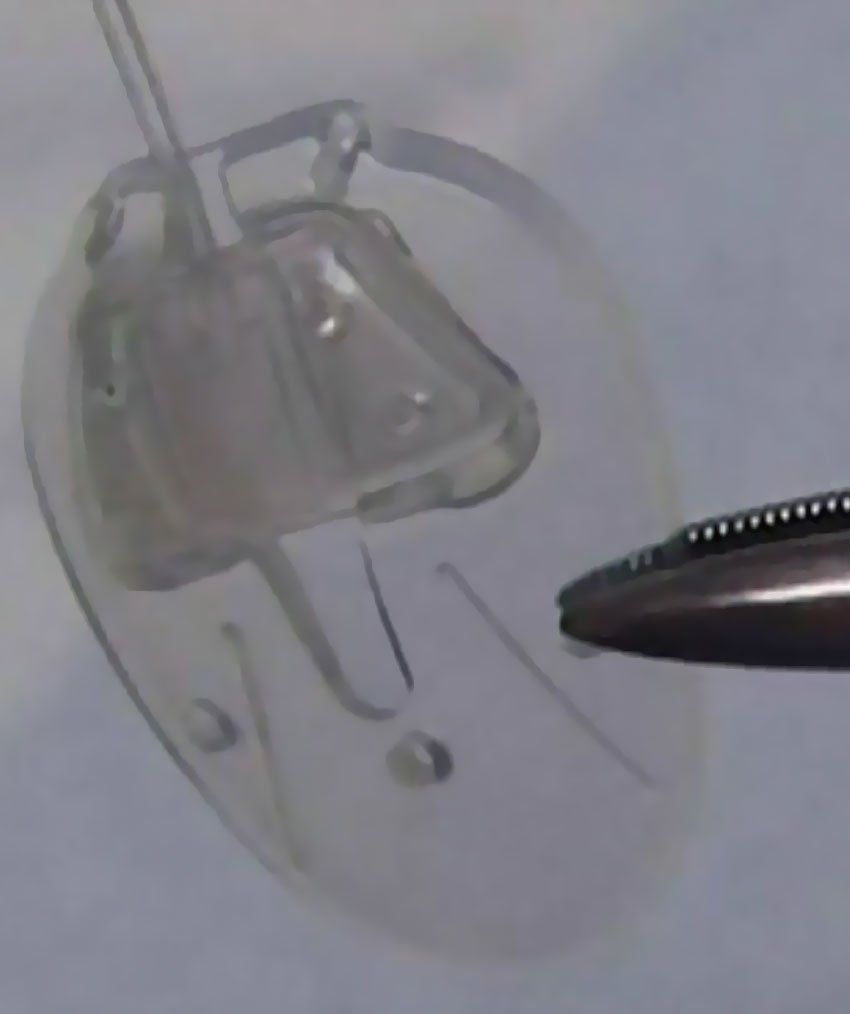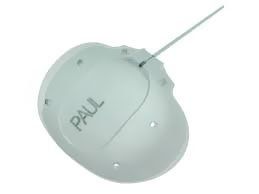Patient information and available treatments
For personalised expert care of glaucoma and cataracts in London, choose Dr Hari Jayaram - Consultant Ophthalmic Surgeon at Moorfields Eye Hospital.
Qualified eye surgeon offering a range of treatment options
Dr Hari Jayaram offers a range of cutting-edge treatments for glaucoma and cataracts at Moorfields Eye Hospital in London. Treatment options range from laser surgery and minimally invasive surgical techniques to filtration and tube surgery.
Cataract surgery
Cataract surgery is a very common operation performed to replace a cloudy lens within the eye with new clear implant, in order to improve eyesight. This procedure is also commonly performed as a treatment for "angle closure" and Primary Angle Closure Glaucoma. The procedure takes around 20 minutes and is usually performed as a day case with local anaesthetic used to numb the eye. You will need to use regular antibiotic and anti-inflammatory eye drops for around one month after the operation, before visiting your local optician. Please click here for more detailed information about cataract surgery.
Trabeculectomy
Trabeculectomy is an operation which creates a trapdoor in the outer coat of the eye, allowing the fluid within the eye to slowly diffuse and become reabsorbed through a "bleb" which sits beneath the upper eyelid. This procedure results in a significant lowering of eye pressure with 80% of patients not requiring any drops to lower their eye pressure at 2 years. A major challenge with this operation is managing the human body's ability to heal and therefore anti-scarring medications are usually applied during and sometimes after surgery. The operation takes under an hour and is usually performed as a day case procedure under local anaesthesia. Patients usually require 5-6 outpatient visits after surgery in order to ensure optimal long term results. Please click here for more detailed information about trabeculectomy.
Minimally invasive glaucoma procedures
PRESERFLO™ Microshunt
The PRESERFLO™ Microshunt is a less invasive alternative to traditional trabeculectomy surgery that involves a shorter surgical procedure and a more rapid visual recovery. It involves the insertion of a small, tube-like device that creates an escape tunnel for fluid from inside the eye to safely drain into a small blister (“bleb”) hidden behind the eyelid. The microshunt is less than 1mm thick with a winged design, ensuring that the correct amount of fluid flows out of the eye whilst ensuring that the device stays in place. The PRESERFLO™ MicroShunt is made of a soft, flexible biomaterial, used for many years in cardiac stents, that conforms to the curve of your eye. Mr Jayaram has been using these implants since 2016, having been an investigator in the world’s
first randomised controlled trial to study the effectiveness of this intervention.
Hydrus Microstent
The Hydrus Microstent is a new device that is inserted to “stent” open the drainage channels in the eye in order better control eye pressure. Global clinical trials have shown that is its effective in lowering eye pressure and reducing and even eliminating the need for eyedrops to control glaucoma. The stent is made from an elastic alloy of nickel and titanium used in over a million medical implants. It is safe for airport scanners and if you need to have an MRI scan in the future. This can be performed a standalone procedure, or commonly at the same time as cataract surgery. Mr Jayaram is one of the few surgeons in the UK who currently performs this procedure, and is member of the education and training team for new users in the UK.
iStent Inject
The iStent Inject is a pair of 1mm titanium stents that are lower eye pressure and reduce the need for eye drops in patients with glaucoma, through bypassing resistance of the drainage channels in the eye. Insertion of the iStent inject is a brief surgical procedure that is often done at the same time as cataract surgery. It is also safe for airport scanners and if you need to have an MRI scan in the future. Read more about iStent, here.
Tube surgery
Glaucoma tubes, or aqueous shunts are drainage devices also that redirect the flow of fluid from the front of the eye. The tube is connected to a plate stitched onto the white of the eye further back than where a trabeculectomy is performed. This approach usually offers improved long-term outcomes in eyes where trabeculectomies have not been successful. Tube surgery is the preferred intervention for eyes which have a risk of trabeculectomy failure. There are different types of tubes available, including the Baerveldt Glaucoma Implant, Paul Glaucoma Implant and Ahmed Valve. Please click here to find out more about tube surgery. Please click here to find out more information on tube surgery.
Laser treatments
Laser treatment has an important role in the management of glaucoma. This may include gentle office-based laser therapy to improve the efficiency of the drainage system of the eye in order to lower eye pressure (selective laser trabeculoplasty), laser treatment to reduce the amount of fluid that the eye produces (cyclodiode laser) or creating a small opening in the iris (laser iridotomy) in order to prevent the development of acute closed-angle glaucoma.
Selective Laser Trabeculoplasty (SLT)
Selective Laser Trabeculoplasty is a gentle outpatient laser treatment which can lower intraocular pressure and reduce the need to use eyedrops on a regular basis. It delivers a small amount of energy to the drainage channels within the eye, which makes them more efficient at draining away fluid and thus lowering eye pressure. This is now used as an initial treatment for raised eye pressure, instead of using eyedrops following research performed at Moorfields for which Dr Jayaram was a co-investigator. Please click here to find out more about Selective Laser Trabeculoplasty.
Laser Peripheral Iridotomy
This is an outpatient laser treatment which is used to treat and prevent angle-closure glaucoma, in patients who have “narrow drainage angles”. Laser energy is used to create a small hole (not visible to the naked eye) in the iris (the coloured part at the front of the eye) to help open the drainage angle and prevent sudden closure in the future (“acute angle closure”) which can be potentially sight threatening. To find out more about Laser Peripheral Iridotomy, please click here.
YAG Laser Capsulotomy
Clouding of the lens capsule (Posterior Capsule Opacification or “PCO”) is common in the years following cataract surgery affecting 10-20% of patients. This can cause clouding or blurring of vision or problems with bright lights and glare. YAG Laser Capsulotomy is a simple outpatient laser treatment that makes an opening in the back of your lens so that the light can once again pass directly tothe back of the eye which improves the quality of vision. Read more about YAG Laser Capsulotomy here.
Cyclodiode Laser
This is an outpatient laser treatment that shrinks the processes that produces fluid in the eye with the aim of lowering eye pressure. A small laser probe is held against the outside of the eye to deliver the treatment. This is usually performed in the operating theatre under local anaesthetic and is a potential alternative to more invasive surgery. Please click here to find out more about Cyclodiode Laser
To arrange an appointment with Dr Hari Jayaram - Consultant Opthalmic Surgeon, email contact@hjglaucoma.com today.
Are you looking for a qualified eye doctor in London?
Dr Hari Jayaram - Consultant Ophthalmic Surgeon is a qualified eye surgeon with 20 years' experience.








